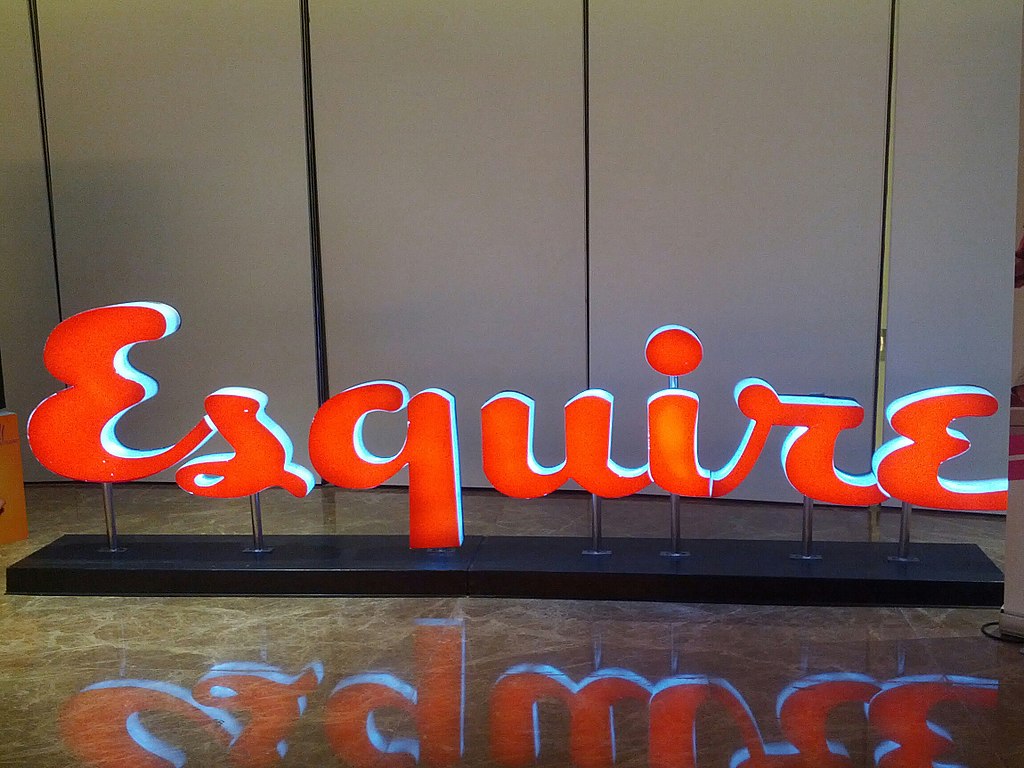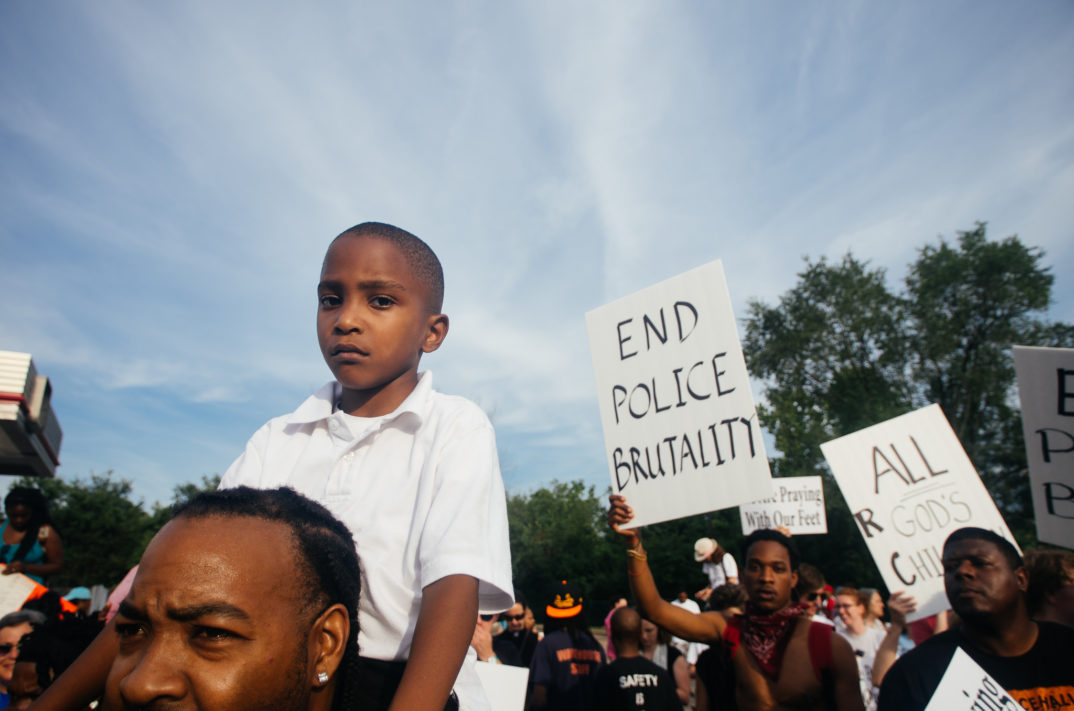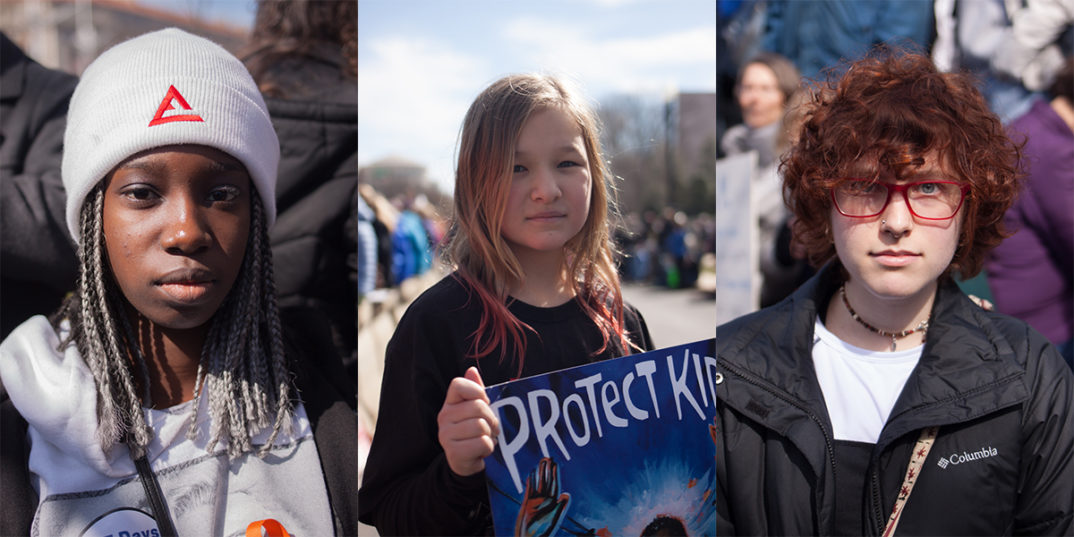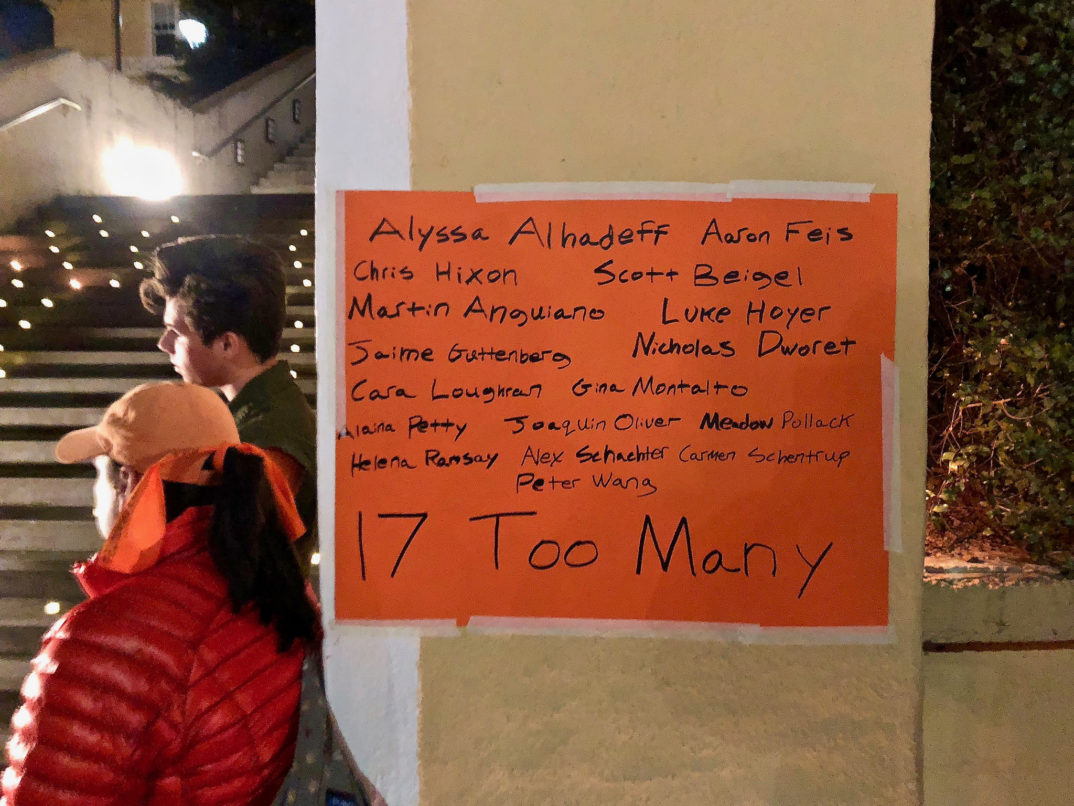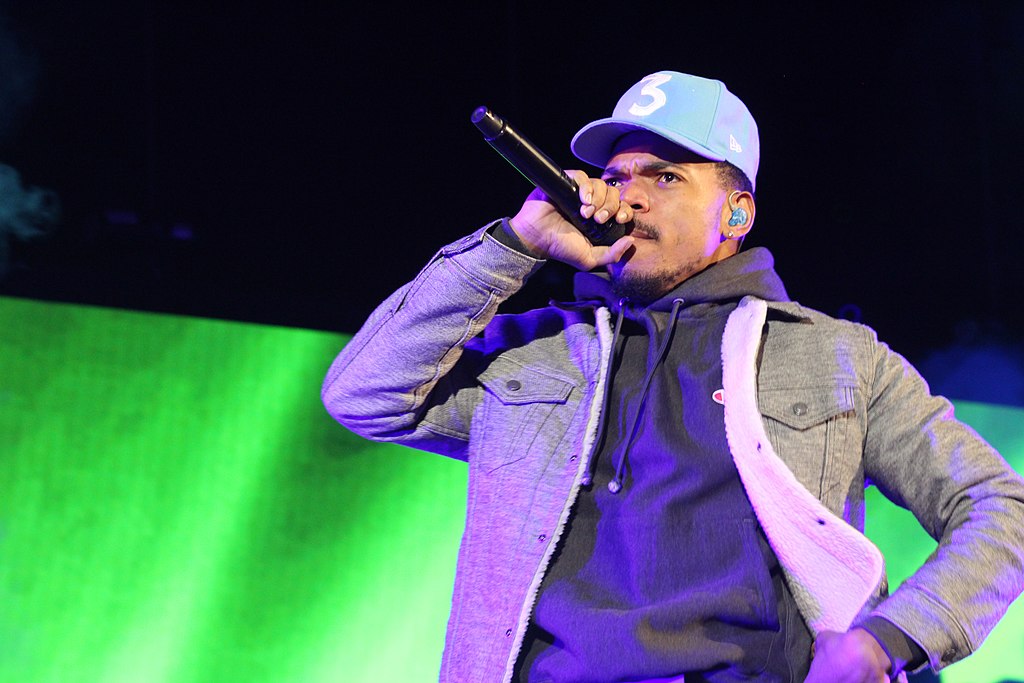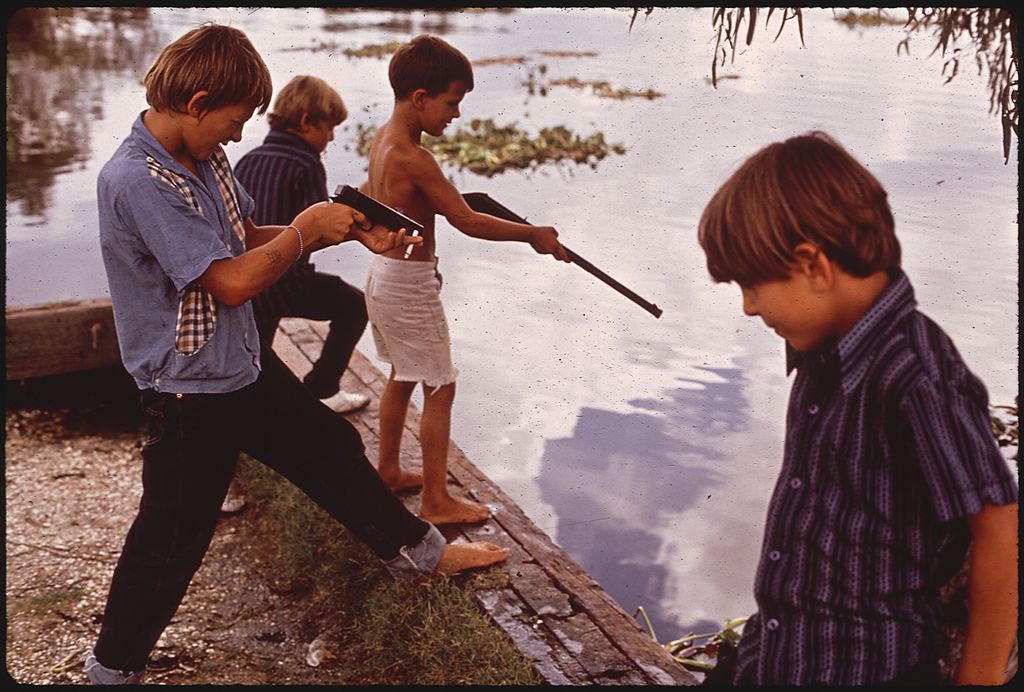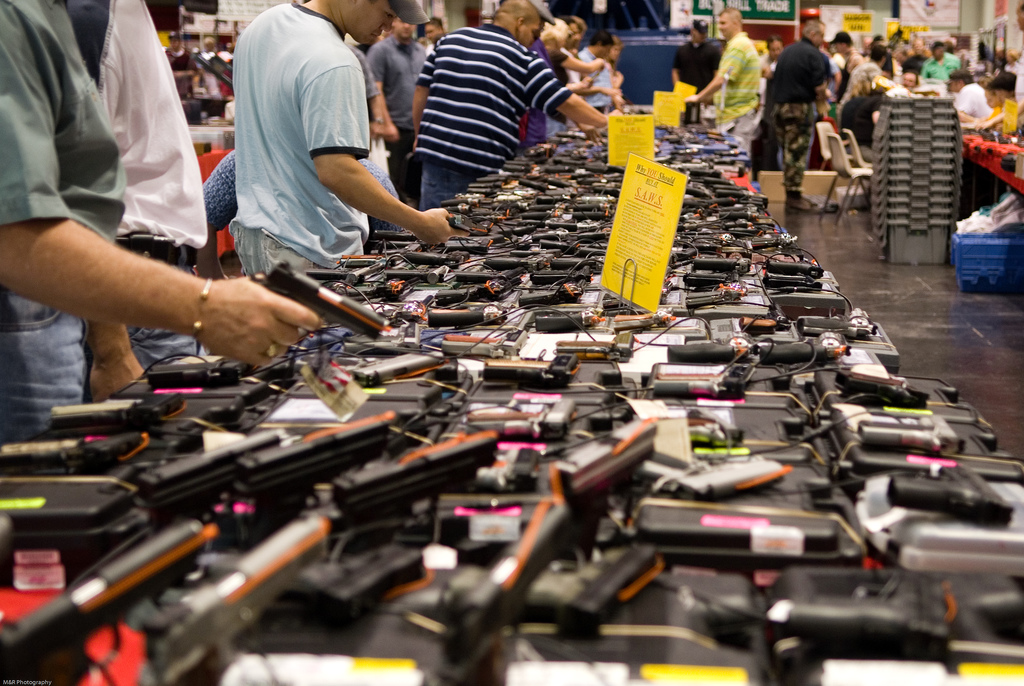This month Esquire magazine published an article titled “The Life of an American Boy at 17” on their website. It profiles the day-to-day of a white, male teenager from Wisconsin named Ryan, who seems to have a life similar to many other white, male teenagers from Wisconsin: his routine consists of getting up early to work, going to school, hanging out with friends and his girlfriend, and playing videogames. When asked about various social and political issues he expresses his beliefs, although it’s not clear how well he has them worked out (when asked what he thought about the #metoo movement, for example, he responded “I’ve heard of that…What does it mean again?”). All in all, the article profiles what appears to be an average, not terribly politically engaged or well-informed teenager.
The response to the article, however, has been more than mere frustration at its lack of content. One criticism is that it was a questionable choice on Esquire’s behalf to present a profile of a white teenager during Black History month. This is not to say that there must be a moratorium on stories about white people during the entirety of February, nor is it to say that a profile on what it means to grow up as a white male teenager in the current political climate would not be worthwhile. However, since the profile is presented as the first of a series on growing up in America from the perspective of many different types of people – “white, black, LGBTQ, female” according to Esquire’s editor Jay Fielden – the choice to present this particular profile first, and during Black History month, struck some as tone-deaf.
Others criticized Esquire for portraying the profile’s subject as a victim of political correctness: in response to saying that he supported Trump, for example, Ryan lamented that “Last year was really bad…I couldn’t say anything without pissing someone off.” As many online responded, given the challenges faced by members of the other groups that Esquire will ostensibly profile in the future, the fear of “pissing someone off” is pretty small potatoes. “Finally, the representation we’ve been waiting for” expressed one popular Tweet in response to pictures from the Esquire piece, one in which the profiled subject is holding a hunting rifle: “magazine covers are very important and powerful real estate…they empower those that feel reflected…and the people who see this don’t super need to feel empowered right now! Especially the ones with guns!!!”
In a defense of the piece, however, Fielden explains what he takes to be serious issues facing people like Ryan today, as well as his own children:
We disagree as a country on every possible cultural and political point except, perhaps, one: that private life, as a result, has also become its own fresh hell. This has made the very social fabric of modern democratic civilization – watercooler BS, chats with cabbies and total strangers, dinner parties, large family gatherings – sometimes feel like a Kafkaesque thought-police nightmare of paranoia and nausea, in which you might accidentally say what you really believe and get burned at the stake. A crackling debate used to be as important an ingredient of a memorable night out as what was served and who else was there. People sometimes even argued a position they might not have totally agreed with, partly for the thrilling intellectual exercise playing devil’s advocate can be, but mostly for the drunken hell of it. Being intellectually puritanical was considered backward. More often than not, it was all a lot of fun.
Fielden’s worries seem to be the following: in such a partisan climate one must be constantly on their guard about the kinds of beliefs they express, lest they be chastised by those who disagree, whereas perhaps in a different time people may not have been so worried about offending others, and so felt much more free to express their beliefs (no matter how potentially offensive). Dealing with this climate must be particularly difficult for teenagers, Fieldman goes on to claim, and especially white teenage boys, who need to wrestle with concepts like “#MeToo, gender fluidity, Black Lives Matter, ‘check your privilege,’ and #TheFutureIsFemale.”
While the kinds of concerns expressed by Fielden and Ryan are readily found online, it’s not clear how warranted they are. The worries that Fielden expresses above, for example, border on hyperbole: despite his portrayal of a “Kafkaesque thought-police nightmare,” dinner parties full of enjoyable conversation and arguments are alive and well, and people do, in fact, continue to “BS” around the watercooler. Fielden is perhaps correct that society has started to take the kind of talk that used to be dismissed as inconsequential more seriously, but it seems that, if anything, this is a change for the better, not the beginning of a slide into some 1984-style dystopia. (For example, one is reminded of Trump’s claim that his infamous remarks about where he felt entitled to grab women was simply “locker [room] talk”: while Trump was no doubt correct that there does occur locker room talk with similarly vulgar content, society moving in a direction in which such talk ceases to exists hardly seems lamentable.)
Part of the problem with Fielden’s concerns that Ryan is being unduly censored for expressing his political views is that he does not seem to have given those views too much thought. From the article:
The most popular opinion at [Ryan’s high school] West Bend seemed to be anti-Trump. Ryan, raised in Republican households, was surprised by the vitriol. “Everyone hates me because I support Trump?” he says. “I couldn’t debate anyone without being shut down and called names. Like, what did I do wrong?” […] I also ask him about Trump’s reputation as a misogynist. “He is respectful towards his wife, as far as I know,” he says. “I don’t think he is racist or sexist.”
Ryan is certainly not alone is not being as informed about his beliefs as he could be. But if one expresses a political opinion without an adequate understanding of why one holds it then it does not seem like a bad thing that they should be taken to task for it. If this is what those like Fielden and Ryan are worried about – the loss of the ability to express one’s views no matter how well-supported without being challenged – then these worries seem to be misplaced.
We’ve seen that there do seem to be good reasons to be concerned with both the timing of Esquire’s profile, as well as the way in which an average white, male, American teenager is portrayed as a victim for his political views. Perhaps one thing we can take away from the article, then, is that instead of society becoming more “intellectually puritanical,” as Fielden puts it, we should consider it progress that people are starting to prefer that their “crackling debates” and watercooler conversations start from a more informed position.

